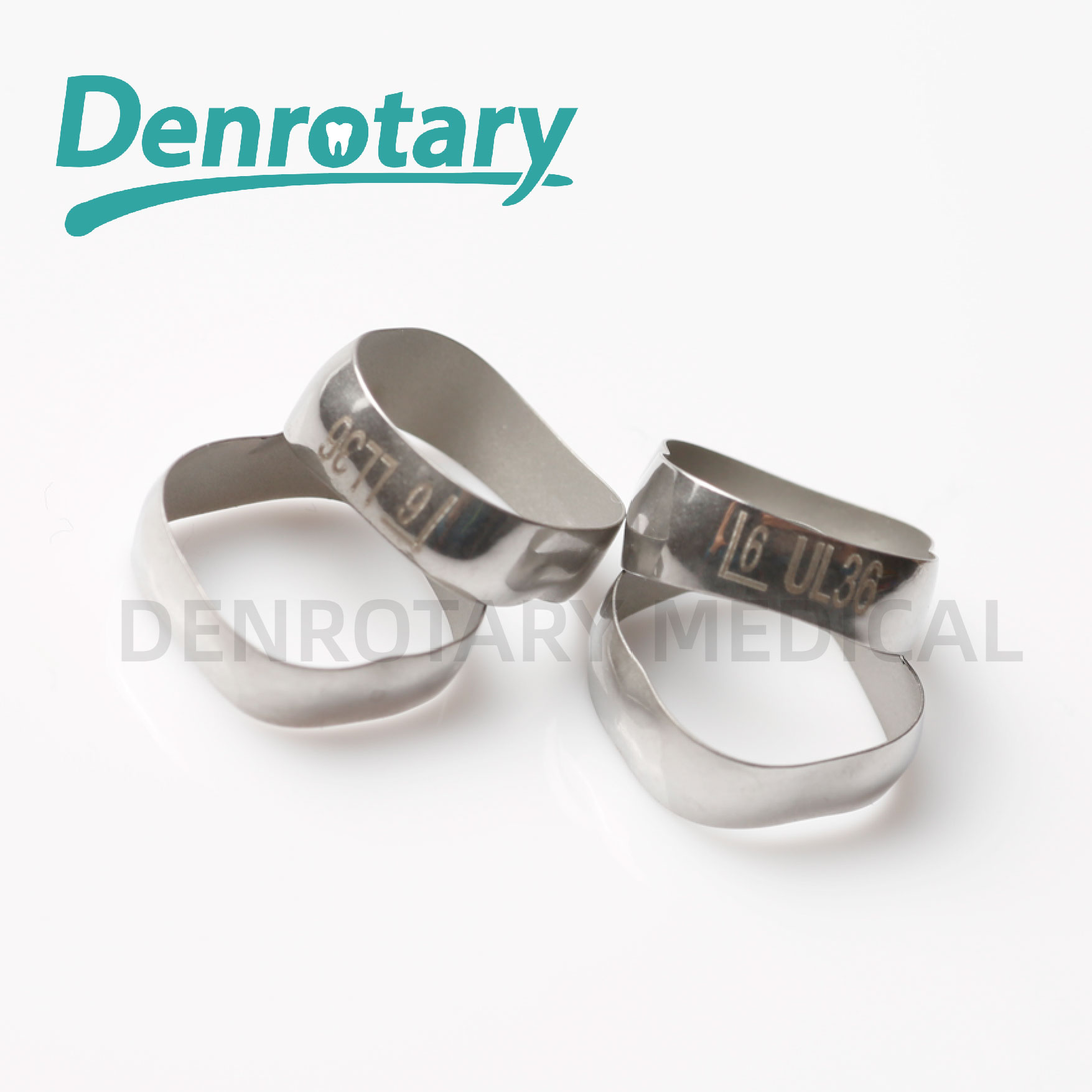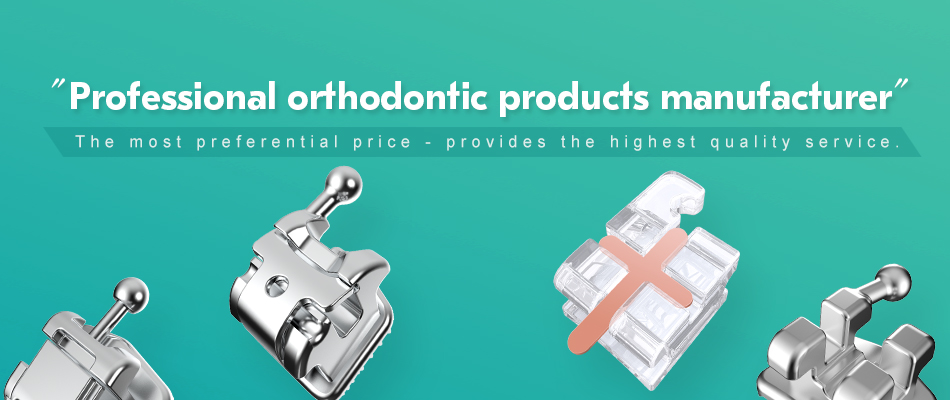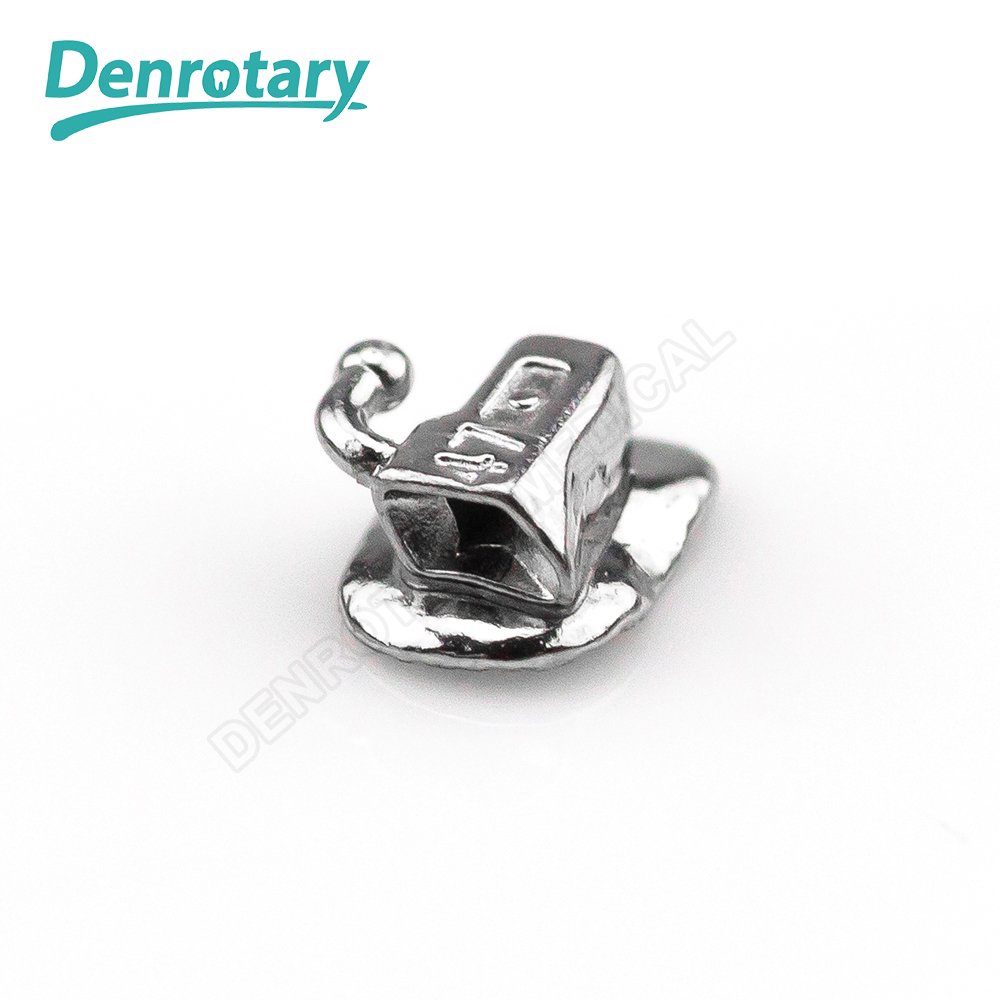Infection control plays a vital role in dental practices. You must protect patients from harmful bacteria and viruses. Orthodontic buccal tubes are crucial components in various dental procedures. Strict packaging standards help ensure these tools remain sterile until use, safeguarding both patient and practitioner health.
Key Takeaways
- Follow strict infection prevention guidelines to protect patients and staff. This includes hand hygiene, using PPE, and proper sterilization of instruments.
- Use medical-grade materials for packaging orthodontic buccal tubes. Ensure the packaging is securely sealed and clearly labeled with essential information.
- Conduct regular training for your staff on infection control standards. This enhances compliance and fosters a safer environment in your dental practice.
Infection Prevention Guidelines
Infection prevention is essential in dental practices. You must follow specific guidelines to protect your patients and yourself. Here are some key practices to consider:
- Hand Hygiene: Always wash your hands before and after handling any dental instruments. Use soap and water or an alcohol-based hand sanitizer. This simple step reduces the risk of transferring harmful bacteria.
- Personal Protective Equipment (PPE): Wear gloves, masks, and protective eyewear during procedures. This equipment acts as a barrier against contamination. Change gloves between patients to maintain a sterile environment.
- Instrument Sterilization: Ensure all instruments, including orthodontic buccal tubes, undergo proper sterilization. Use an autoclave to eliminate all microorganisms. Regularly check the autoclave’s effectiveness with biological indicators.
- Surface Disinfection: Clean and disinfect all surfaces in your practice. Use EPA-approved disinfectants on countertops, chairs, and equipment. This practice minimizes the risk of cross-contamination.
- Single-Use Items: Whenever possible, opt for single-use items. This approach significantly reduces the risk of infection. If you must reuse items, ensure they are properly cleaned and sterilized.
- Proper Packaging: Store orthodontic buccal tubes in sterilization pouches or containers that maintain sterility. Ensure the packaging is intact before use. Damaged packaging can compromise the sterility of the instruments.
By adhering to these infection prevention guidelines, you create a safer environment for your patients. Remember, your diligence in maintaining these standards directly impacts patient health and trust.
OSHA and CDC Standards
You must understand the importance of adhering to OSHA (Occupational Safety and Health Administration) and CDC (Centers for Disease Control and Prevention) standards in your dental practice. These organizations provide guidelines that help you maintain a safe environment for both patients and staff. Here are some key points to consider:
- OSHA Standards:
- OSHA sets regulations to protect workers from health hazards. You must ensure that your practice complies with these regulations.
- Use appropriate PPE, such as gloves and masks, to minimize exposure to infectious materials.
- Maintain a clean workspace by regularly disinfecting surfaces and equipment.
- CDC Guidelines:
- The CDC offers recommendations for infection control in dental settings. You should follow these guidelines to reduce the risk of infection.
- Implement standard precautions for all patients, regardless of their health status. This includes treating all blood and bodily fluids as potentially infectious.
- Ensure proper sterilization of instruments, including orthodontic buccal tubes. Use an autoclave and verify its effectiveness regularly.
Tip: Regular training for your staff on OSHA and CDC standards can enhance compliance and improve overall safety in your practice.
By following these standards, you create a safer environment for everyone involved. Remember, your commitment to infection control not only protects your patients but also fosters trust in your practice.
Packaging Requirements for Orthodontic Buccal Tubes
When it comes to packaging orthodontic buccal tubes, you must follow specific requirements to ensure sterility. Proper packaging protects these instruments from contamination and maintains their effectiveness. Here are the key packaging requirements you should consider:
- Material: Use medical-grade materials for packaging. These materials should withstand sterilization processes without compromising integrity.
- Sealing: Ensure that the packaging is securely sealed. This prevents any exposure to contaminants. Look for pouches or containers that feature a reliable sealing mechanism.
- Labeling: Clearly label each package with essential information. Include the date of sterilization, type of instrument, and expiration date. This practice helps you track the sterility status of each item.
- Size and Fit: Choose packaging that fits the orthodontic buccal tubes snugly. Avoid excessive space, as this can lead to movement and potential damage during handling.
- Sterilization Indicators: Use pouches with built-in sterilization indicators. These indicators change color after successful sterilization, providing a visual confirmation of sterility.
Tip: Regularly inspect your packaging materials for any signs of damage. Damaged packaging can compromise sterility, putting your patients at risk.
By adhering to these packaging requirements, you ensure that orthodontic buccal tubes remain sterile until their use. This diligence not only protects your patients but also enhances the overall quality of care in your practice.
Best Practices for Maintaining Sterility
Maintaining sterility is crucial in your dental practice. Here are some best practices to help you keep orthodontic buccal tubes and other instruments sterile:
- Store Properly: Keep sterilized instruments in a clean, dry area. Avoid placing them in high-traffic zones where contamination can occur.
- Use Sterile Technique: Always use sterile gloves when handling sterilized instruments. This practice prevents any transfer of bacteria from your hands to the instruments.
- Check Packaging: Before using any buccal tube, inspect the packaging. Ensure it is intact and free from tears or punctures. Damaged packaging can compromise sterility.
- Limit Exposure: Only open the sterilized packages when you are ready to use the instruments. Prolonged exposure to the environment increases the risk of contamination.
- Regular Training: Conduct regular training sessions for your staff. Ensure everyone understands the importance of maintaining sterility and follows the established protocols.
Tip: Create a checklist for your team to follow during procedures. This checklist can help ensure that everyone adheres to the best practices for maintaining sterility.
By implementing these best practices, you can significantly reduce the risk of infection in your dental practice. Your commitment to maintaining sterility not only protects your patients but also enhances the overall quality of care you provide.
Infection control is vital for your dental practice. It protects both you and your patients from harmful infections. Remember these key packaging standards for orthodontic buccal tubes:
- Use medical-grade materials.
- Ensure secure sealing.
- Label packages clearly.
Stay committed to these protocols. Your diligence fosters a safer environment for everyone.
Post time: Sep-23-2025



